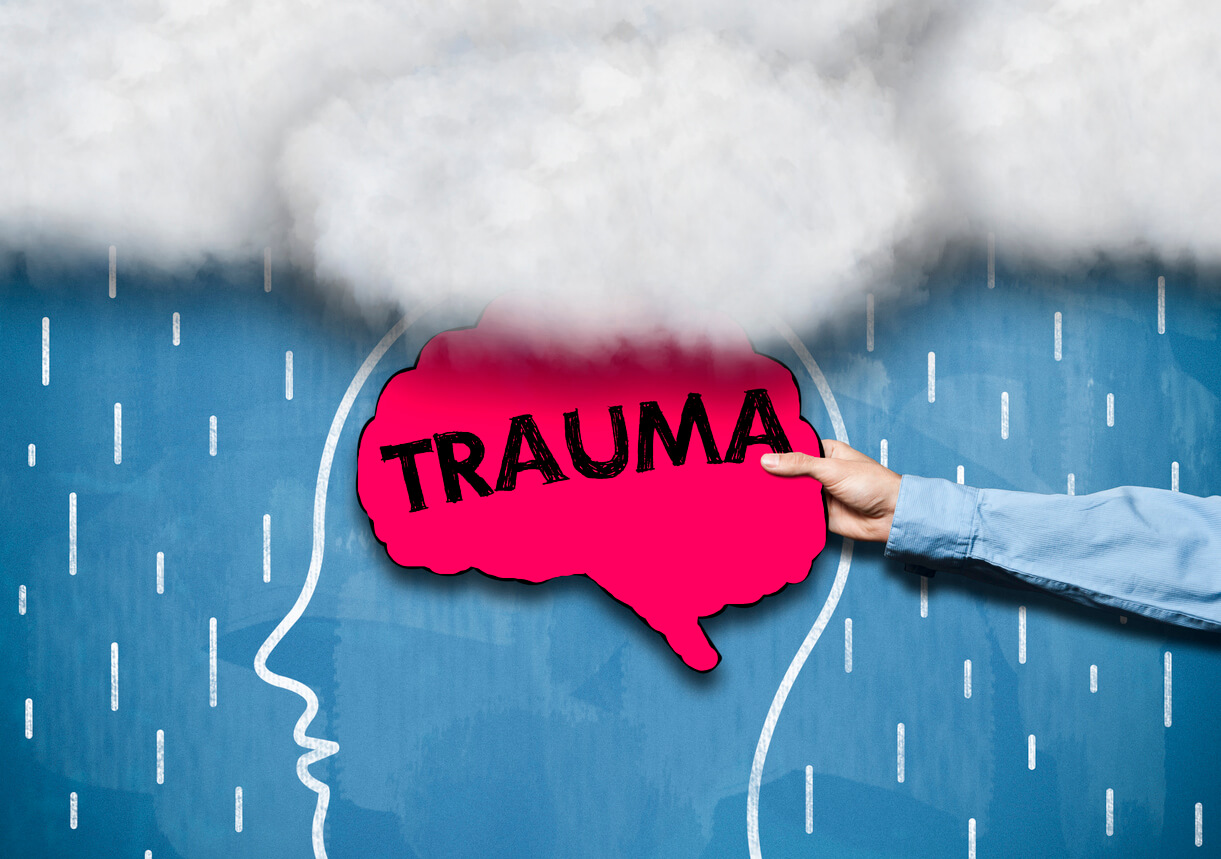Defining a Traumatic Event:
What is a traumatic event?
A traumatic event is a frightening, dangerous, or violent event that poses a threat to a child’s life or bodily integrity. Witnessing a traumatic event that threatens life or physical security of a loved one can also be traumatic. This is particularly important for young children as their sense of safety depends on their perceived safety of attachment figures. (https://www.nctsn.org/what-is-child-trauma/about-child-trauma)

Traumatic events are also defined as the experiencing or witnessing of events in which there is actual or threatened "death, serious injury, or violence" (American Psychiatric Association, 2017, p. 271).
Traumatic experiences can initiate strong emotions and physical reactions that can persist long after the event. Children may feel terror, helplessness, or fear, as well as physiological reactions such as heart pounding, vomiting, or loss of bowel or bladder control. Children who experience an inability to protect themselves or who lacked protection from others to avoid the consequences of the traumatic experience may also feel overwhelmed by the intensity of physical and emotional responses.

According to SAMHSA (2014), trauma and traumatic stress can also be identified in terms of the “three E’s.”
Event-The threat of physical or psychological harm and/or neglect that impacts healthy development. This is also what we would refer to as trauma exposure.
Experience- How the individual interprets and is disrupted physically and psychologically by the trauma. This really helps in our conversations around how each child uniquely perceives danger or makes sense of the event or trauma exposure.
Effects-The impact of trauma that may be short or long-term in duration (e.g., heightened stress response, inability to concentrate). This is also what we would refer to as the impact of trauma.
Trauma Exposure
- When a child feels intensely threatened by an event he or she is involved in or witnesses, we call that event a trauma. There is a range of traumatic events or trauma types to which children and adolescents can be exposed.
- Examples of traumatic events that children might be exposed to outside of the family might include:
- Car accident
- Natural disaster (hurricanes, earthquakes, wildfires)
- School shooting
- Community violence
- Racial trauma, systemic discrimination, racism, oppression, and genocide
- Immigration trauma
- Sudden and prolonged separation/placement disruptions
- Witnessing terrorist attacks
- Witnessing war
- Examples of traumatic events that children might be exposed to from within a family might include:
- Domestic violence
- Physical abuse
- Sexual abuse
- Medical trauma
- Neglect
- Unexpected death of a loved one
- Examples of traumatic events that children might be exposed to outside of the family might include:
- What is the difference between a Traumatic Event and an Adverse Childhood Experience (ACE)?
- The term Adverse Childhood Experience came out of a study in 1998 that impacted the health care and mental health care world significantly often referred to as the ACES study (Feletti et al., 1998).
- You can find as much information as you would like about the study at https://www.cdc.gov/violenceprevention/aces/about.html?CDC_AA_refVal=https%3A%2F%2Fwww.cdc.gov%2Fviolenceprevention%2Facestudy%2Fabout.html
- The study determined that experiencing adverse childhood experiences from an early age lead to a number of health consequences later in life.
- The term Adverse Childhood Experience came out of a study in 1998 that impacted the health care and mental health care world significantly often referred to as the ACES study (Feletti et al., 1998).
- What is the difference between a Traumatic Event and an Adverse Childhood Experience (ACE)?
Background Colour
Font Face
Font Kerning
Font Size
Image Visibility
Letter Spacing
Line Height
Link Highlight
Text Colour